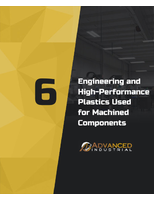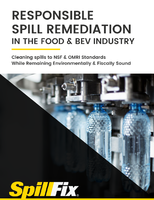Maglev Train Exceeds 500 Kilometers per Hour in World's First Test Run Utilizing High Temperature Superconductor Wire
WESTBOROUGH, Mass., Dec. 7 / -- American Superconductor Corporation (NASDAQ:AMSC), a leading electricity solutions company, announced today that Central Japan Railway Company (JR Central) successfully ran its magnetically levitated ("maglev") train system for the first time utilizing high temperature superconductor (HTS) electromagnetic coils powered by American Superconductor's HTS wire. The maglev train attained speeds as high as 500 kilometers per hour (approximately 311 miles per hour), while levitated about 10 centimeters (4 inches) above its "track." Superconductor electromagnets are used as the lifting component in JR Central's maglev train system. The test runs are an important step in the commercialization process for maglev electric transportation systems.
The maglev train is the vehicle being considered for Japan's Chuo Shinkansen, a main transportation route connecting Tokyo to Osaka. JR Central has been running its maglev trains since 1997 utilizing low temperature superconductor (LTS) electromagnets. HTS electromagnets offer several advantages over LTS electromagnets including a much less complex cooling system allowing simpler designs, lower costs and more reliability. Additional testing and analysis are required in order for HTS electromagnets to be chosen as the preferred solution for maglev trains. AMSC estimates that the total potential HTS wire requirement for a full, commercial maglev train system for the Tokyo-Osaka run exceeds 100 million meters (62,137 miles).
The procedure for the running test, a benchmark for the project, included the replacement of one of the eight LTS electromagnets on JR Central's maglev train with the prototype HTS electromagnet. Data on the vibration and temperature characteristics of the HTS electromagnet will be collected and analyzed to provide a basis for further improvements.
Development of JR Central's HTS coil technology was achieved through collaboration of JR Central and Sumitomo Electric Industries, Ltd. with the International Superconductivity Technology Center (ISTEC) in Tokyo and was funded in part by Japan's Energy Development Organization (NEDO). Toshiba produced the HTS electromagnets for JR Central.
About Central Japan Railway Company
Central Japan Railway Company (JR Central, also known as JR Tokai) commenced operations in April 1987 upon the privatization and breakup of the Japanese National Railways (JNR). The core of JR Central's operations is the Tokaido Shinkansen, the main transportation artery linking Japan's principal metropolitan areas of Tokyo, Nagoya and Osaka. JR Central also operates a network of conventional train lines centered on the Nagoya and Shizuoka areas. The Company and its consolidated subsidiaries are strengthening affiliated businesses by making full use of its stations and trains. For more information on the Yamanashi Maglev Test Line see jr-central.co.jp/eng.nsf/english/maglev. To learn more about JR Central, see jr-central.co.jp/eng.nsf .
About American Superconductor
AMSC is the world's principal vendor of high temperature superconductor (HTS) wire and large rotating superconductor machinery, and it is a world- leading supplier of dynamic reactive power grid stabilization products. AMSC's HTS wire and power electronic converters are at the core of a broad range of new electricity transmission and distribution, transportation, medical and industrial processing applications, including dynamic reactive power grid stabilization solutions, large ship propulsion motors and generators, smart, controllable, superconductor power cables and advanced defense systems. The Company's products are supported by hundreds of patents and licenses covering technologies fundamental to Revolutionizing the Way the World Uses Electricity(TM). More information is available at http://www.amsuper.com/.
American Superconductor and design, AMSC, POWERED BY AMSC, and Revolutionizing the Way the World Uses Electricity, are trademarks of American Superconductor Corporation. All other trademarks are the property of their respective owners.




